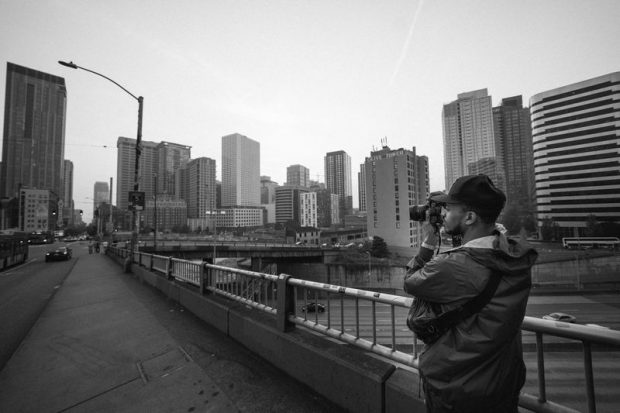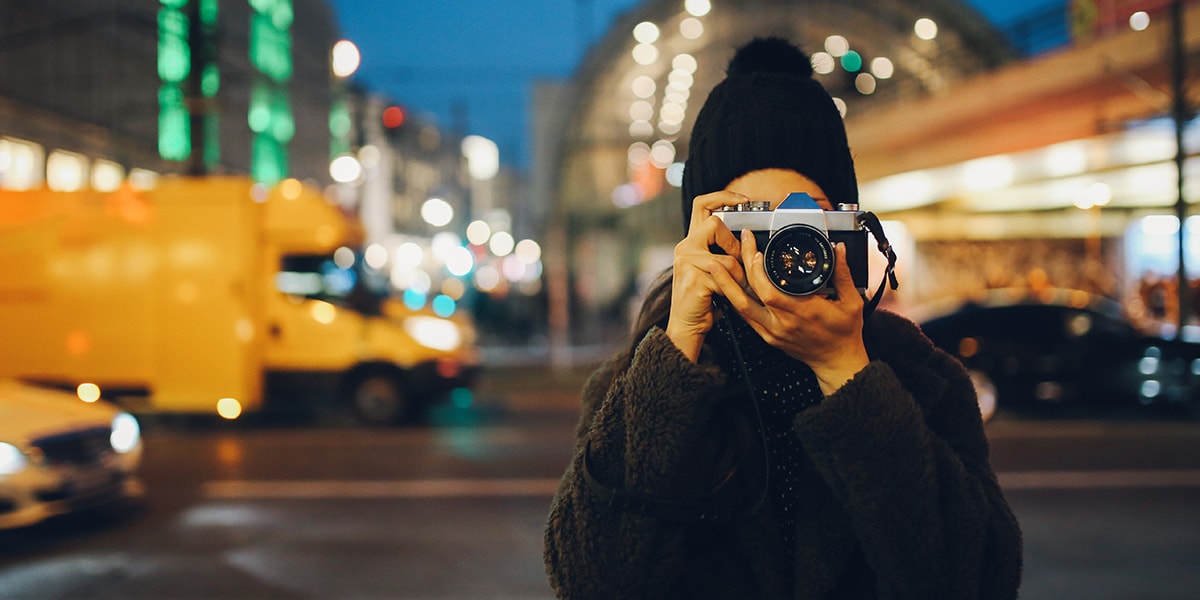The Single Strategy To Use For Framing Streets
The Single Strategy To Use For Framing Streets
Blog Article
Excitement About Framing Streets
Table of ContentsUnknown Facts About Framing StreetsAbout Framing StreetsThe Framing Streets Statements10 Simple Techniques For Framing StreetsThe 45-Second Trick For Framing StreetsGetting The Framing Streets To Work
Photography category "Crufts Dog Program 1968" by Tony Ray-Jones Road digital photography (additionally sometimes called honest digital photography) is photography conducted for art or inquiry that includes unmediated opportunity encounters and arbitrary incidents within public areas, generally with the purpose of recording photos at a crucial or emotional minute by cautious framing and timing. 
Framing Streets Fundamentals Explained
Susan Sontag, 1977 Street photography can concentrate on people and their actions in public. In this respect, the road photographer resembles social documentary professional photographers or photographers who likewise function in public places, however with the aim of recording newsworthy occasions. Any of these photographers' pictures might capture individuals and residential or commercial property noticeable within or from public places, which often requires navigating ethical concerns and regulations of privacy, protection, and home.
Depictions of daily public life develop a genre in practically every period of globe art, starting in the pre-historic, Sumerian, Egyptian and very early Buddhist art periods. Art taking care of the life of the street, whether within views of cityscapes, or as the leading concept, appears in the West in the canon of the North Renaissance, Baroque, Rococo, of Romanticism, Realistic look, Impressionism and Post-Impressionism.
The Greatest Guide To Framing Streets
Louis Daguerre: "Blvd du Temple" (1838 or 1839) In 1838 or 1839 the first photo of figures in the road was videotaped by Louis-Jacques-Mand Daguerre in one of a set of daguerreotype views taken from his workshop window of the Blvd du Temple in Paris. The 2nd, made at the height of the day, shows an uninhabited stretch of road, while the various other was taken at regarding 8:00 am, and as Beaumont Newhall records, "The Blvd, so continuously full of a moving throng of pedestrians and carriages was perfectly singular, other than an individual who was having his boots brushed.
His boots and legs were well specified, yet he is without body or head, because these were in movement." Charles Ngre, waterseller Charles Ngre. https://www.edocr.com/v/2rrgxoq2/davidturley33101/framing-streets was the first professional photographer to attain the technological sophistication needed to sign up people in motion on the road in Paris in 1851. Professional Photographer John Thomson, a Scotsman dealing with reporter and social activist Adolphe Smith, released Road Life in London in twelve regular monthly installations beginning in February 1877
Excitement About Framing Streets
Eugene Atget is pertained to as a progenitor, not because he was the first of his kind, but as a result of the popularisation in the late 1920s of his record of Parisian streets by Berenice Abbott, who was inspired to carry out a similar documentation of New York City. [] As the city developed, Atget helped to advertise Parisian roads as a worthy topic for photography.

A Biased View of Framing Streets
Andre Kertesz.'s extensively appreciated Images la Sauvette (1952) (the English-language version was titled The Crucial Moment) advertised the concept of taking a photo at what he called the "crucial moment"; "when kind and content, vision and structure combined right into a transcendent whole" - Street photography.
Facts About Framing Streets Revealed
The recording machine was 'a concealed electronic camera', a 35 mm Contax concealed underneath his coat, that was 'strapped to the upper body and connected to a long cable strung down the appropriate sleeve'. His work had little modern influence as due to Evans' level of sensitivities regarding the originality of his project and the personal privacy of his subjects, it was not published till 1966, in the book Many Are Called, with an introduction written by James Agee in 1940.
Helen Levitt, then an educator of little ones, related to Evans in 193839. She recorded the temporal chalk illustrations - vivian maier that became part of youngsters's road culture in New York at the time, as well as the kids that made them. In July 1939, Mo, MA's new digital photography section consisted of Levitt's operate in its inaugural exhibitionRobert Frank's 1958 publication,, was substantial; raw and often indistinct, Frank's images questioned mainstream digital photography of the time, "challenged all the formal guidelines click this site put down by Henri Cartier-Bresson and Pedestrian Evans" and "flew in the face of the wholesome pictorialism and sincere photojournalism of American magazines like LIFE and Time".
Report this page